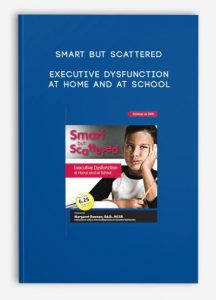
Smart But Scattered: Executive Dysfunction at Home and at School
Description:
Children who have deficient executive skills often have trouble getting started on tasks, get distracted easily, lose papers or assignments and forget to hand in homework. They make careless mistakes, put off work until the last minute and have no sense of time urgency. Workspaces are disorganized and teachers often refer to their backpacks or lockers as “black holes.” Often considered chronic underachievers, these children are at risk for academic failure as well as emotional and behavioral difficulties.
Dr. Dawson, co-author of the best-selling books Executive Skills in Children and Adolescents, 3rd Ed. (2018), Smart but Scattered (Guilford, 2009) and Smart but Scattered Teens (2013, Guilford) uses case examples along with interactive discussion to demonstrate how the executive skills manifest in daily home and school activities. Learn how to assess these skills and take home evidence-based strategies to help children and adolescents overcome executive skills weaknesses.
Leave this seminar with a set of tools that includes strategies for task/environmental modifications, skill development through cognitive/behavioral techniques and creation of incentive systems. You will be able to give teachers and parents a means for developing and improving the following:
Organization
Time management
Impulse control
Goal-directed persistence
Executive skills critical for independent functioning
Outline:
Executive Skills
Underlying theory
Executive skills in the context of brain function and child development
Limitations of the research and potential risks
Assessment of Executive Skills
Parent/teacher/student interviews
Behavior rating scales
Observations
Informal assessment
Formal assessment
Intervention Strategies
Environmental modifications to reduce the impact of weak executive skills
Teaching strategies to help children develop/improve executive functioning
Using incentives to help practice or use skills that are difficult
Keys to Effective Intervention Design
Match the child’s developmental level
Use the child’s innate drive for mastery and control
Begin with environmental modifications
Effortful tasks and ways to make them less difficult
Use incentives to augment instruction
Provide the minimum support necessary
Apply supports and interventions until the child achieves mastery or success
Gradually fade supports, supervision, and incentives
Coaching: An Effective Strategy for Building Executive Skills
Description of 2-stage process
Coaching with younger children
Clinical case examples
Research studies supporting the efficacy of coaching
Limitations of the Research and Potential Risks
Limited empirical evidence for the approach
Approach integrates evidence-based practices such as ABA and RTI
No “one size fits all” for any treatment modality
NLP online course
So what is NLP?
Firstly, NLP stands for Neuro-Linguistic Programming. Secondly neuro refers to your neurology;
Thirdly linguistic refers to language however, programming refers to how that neural language functions.
As a result,In other words, learning NLP is like learning the language of your own mind!
Moreover, NLP is the study of excellent communication–both with yourself, and with others.
It was developed by modeling excellent communicators and therapists who got results with their clients.
NLP is a set of tools and techniques, but it is so much more than that.
In conclusion, It is an attitude and a methodology of knowing how to achieve your goals and get results.


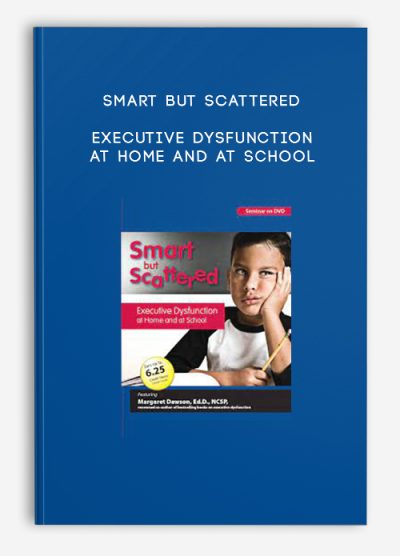
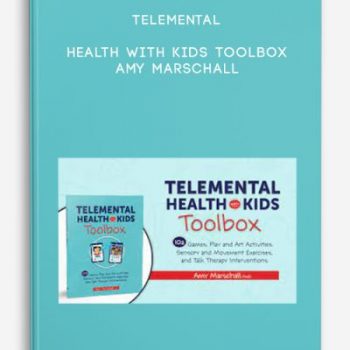
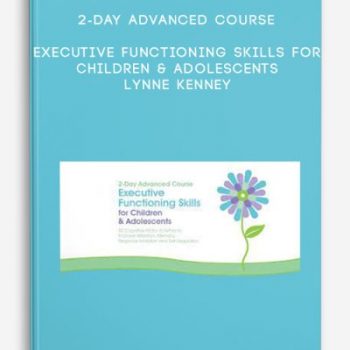





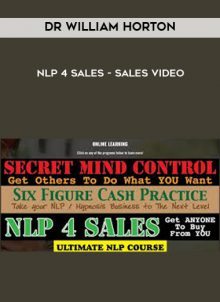


tristian –
This is Digital Download service, the course is available at Vincourse.com and Email download delivery.